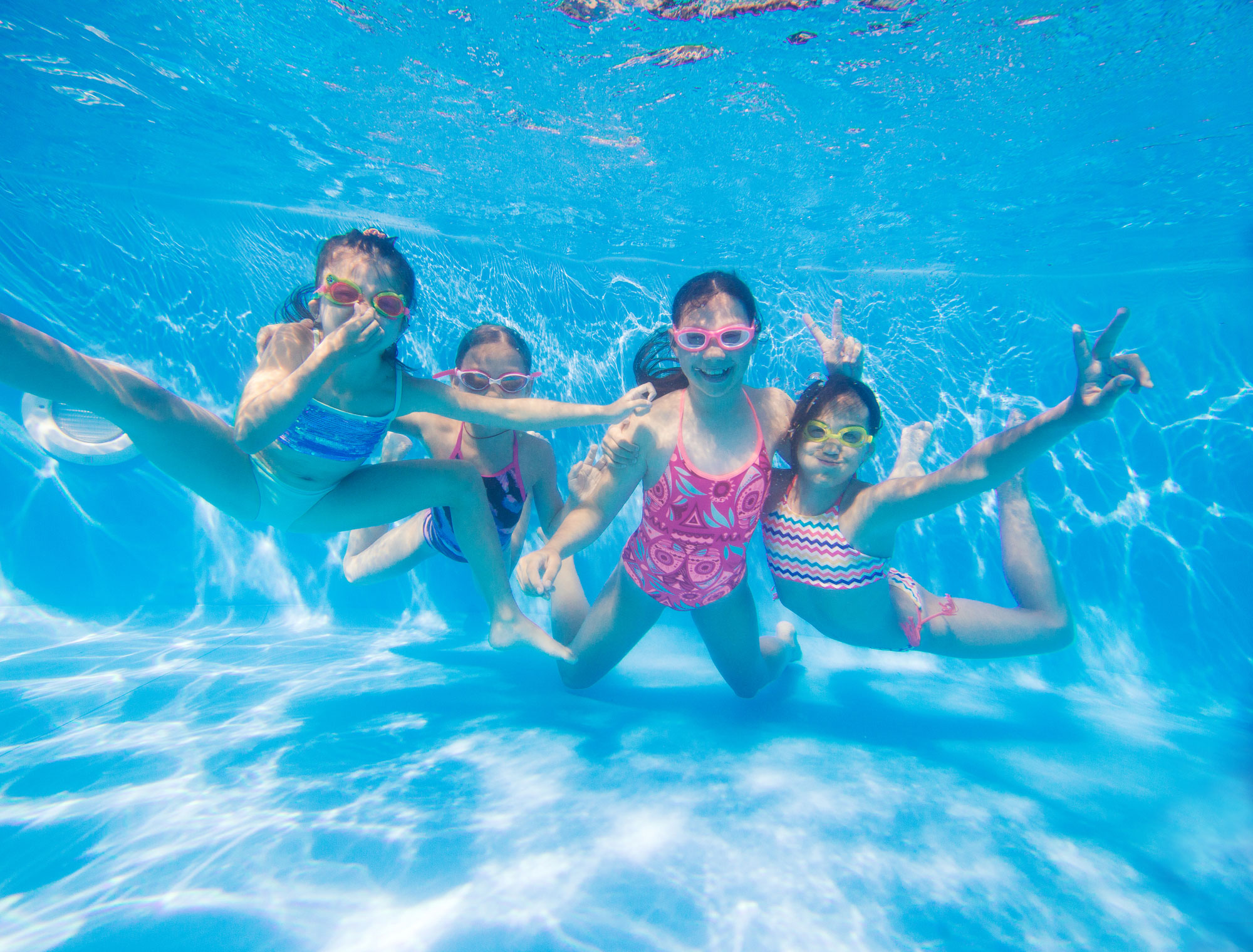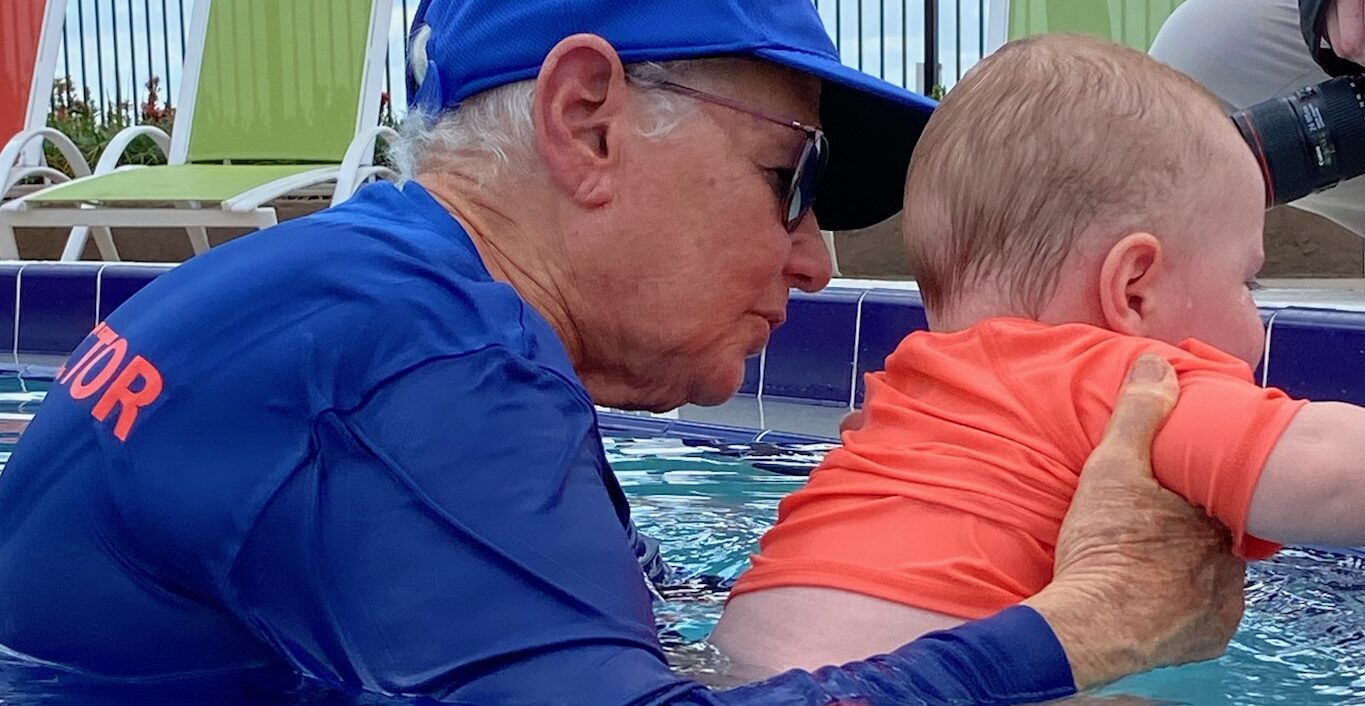How Swimming Lessons For Beginners Foster Self-confidence and Skill Development
How Swimming Lessons For Beginners Foster Self-confidence and Skill Development
Blog Article
Everything You Required to Understand About Swimming Lesson for Beginners: A Comprehensive Guide
Comprehending the principles of swimming lessons for novices is crucial for promoting both safety and skill advancement in the water. The path to ending up being a positive swimmer is often fraught with challenges, including the common concern of water.
Significance of Water Safety
Water safety and security is vital for any individual venturing into water settings, especially novices. Recognizing the prospective risks linked with water activities is essential to make sure a satisfying and safe experience. Statistics suggest that sinking stays a leading reason for unintended death, emphasizing the requirement for heightened awareness and precautionary measures.
The initial step in water safety entails acknowledging the importance of guidance. Adults should constantly keep a close eye on children and unskilled swimmers, as also shallow water can posture substantial risks. Furthermore, using appropriate flotation protection devices, such as life coats, is necessary, particularly for those that are not yet confident in their swimming capacities.
An additional important facet is acquainting oneself with the certain atmosphere. Each body of water has distinct qualities, consisting of currents, tides, and temperature level, which can affect safety and security. Swimmers need to additionally know climate condition and potential risks, such as submerged objects or abrupt modifications comprehensive.
Discovering the Right Teacher
Picking a certified trainer is an important action in ensuring a effective and secure knowing experience for novices. When looking for an instructor, consider their accreditations and experience. Seek individuals that are accredited in mouth-to-mouth resuscitation and First Aid, along with those who hold identified swimming mentor certifications, such as those from the American Red Cross or YMCA.

In addition, examine the teacher's interaction skills. They ought to have the ability to convey instructions plainly and demonstrate methods properly. A connection between the teacher and the student can improve motivation and cultivate a favorable learning atmosphere.
Finally, take into consideration logistics such as course organizing, dimension, and area. Smaller class dimensions frequently permit for even more individualized attention, which can be valuable for novices. By meticulously assessing these aspects, you can discover an instructor that will add to a successful swimming experience.
Vital Swimming Techniques
Mastering necessary swimming methods is critical for beginners intending to construct confidence and efficiency in the water. The foundation of reliable swimming depends on grasping the standard abilities that boost both safety and pleasure during practice.
Among the first methods to concentrate on is appropriate breathing. Novices should find out to exhale underwater and breathe in promptly when turning their heads sideways, ensuring a stable rhythm that sustains endurance. Furthermore, body positioning plays a crucial function; swimmers need to preserve a streamlined posture, keeping the body straight and flat to minimize drag.

Lastly, understanding the relevance of buoyancy can not be overlooked. Grasping drifting strategies will enhance comfort and stability in the water. By concentrating on these crucial strategies, beginners can establish a strong swimming foundation, establishing them up for better success in future lessons and even more sophisticated skills.
Different Swimming Styles
Numerous swimming styles exist, each offering distinct techniques and benefits that satisfy different preferences and goals. The four primary strokes-- freestyle, backstroke, butterfly, and breaststroke-- create the structure of competitive swimming and leisure techniques.
Freestyle, likewise referred to as the front crawl, is identified by a flutter kick and rotating arm activities, enabling maximum speed and efficiency. It is commonly the most popular option for beginners as a result of its uncomplicated technique and flexibility in different water settings.
Backstroke, carried out on the back, uses a similar flutter kick however utilizes a windmill arm motion. This stroke improves body positioning and advertises leisure in the water, making it an outstanding alternative for those who may really feel distressed while swimming.
Breaststroke includes a frog-like kick and synchronised arm activities, advertising a slower pace that permits improved breathing control. This stroke is especially advantageous for novices as it encourages an all-natural rhythm.
Last but not least, the butterfly stroke, known for its difficult technique, includes a dolphin kick and synchronised arm motions. While advanced, grasping it can considerably improve general swimming effectiveness. Welcoming these diverse designs can cause a well-shaped swimming experience.
Overcoming Common Challenges
Although swimming can be a rewarding activity, novices often experience various obstacles that might prevent their progress and pleasure in the water. One of the most common barriers is anxiety, especially concern of the water or of submersion. To conquer this, progressive direct exposure is necessary. Beginning by adapting to the water in shallow areas, and practice breathing methods beyond the water to construct confidence.
Another challenge is understanding standard strategies, such as floating and stroke mechanics. Novices should focus on proper body alignment and breathing patterns. Using flotation protection devices can assist in developing a sense of balance while practicing stroke basics.

Finally, finding a supportive atmosphere, whether through team lessons or one-on-one training, can substantially enhance knowing. Constructive feedback and encouragement are vital for cultivating and getting over challenges improvement. By addressing these typical problems head-on, newbies can cultivate a positive swimming experience and progress at a comfy speed.
Conclusion
In summary, swimming lessons for newbies incorporate crucial elements such as security, efficient guideline, and proficiency of vital strategies. Choosing a licensed instructor is extremely important to cultivating a helpful learning environment. Focus on core skills, including breathing and body positioning, aids in developing confidence in the water. Understanding various swimming styles and attending to usual challenges even more enhances the discovering experience. Eventually, a detailed strategy guarantees that newbies not just get swimming skills yet likewise grow a lifelong admiration for marine tasks.
Understanding the basics of swimming lessons for novices is vital for cultivating both security and skill development in the water.Water safety and security is vital for any person venturing into aquatic environments, specifically newbies. Arm movements must also be collaborated with the kick; newbies ought to find out the relevance of reaching ahead and drawing via the water successfully.
Although swimming can be a fulfilling activity, novices frequently run into different challenges that might prevent their development and enjoyment in the water. Start by adjusting to the water in superficial areas, and practice breathing methods outside of the water to construct self-confidence.
Report this page